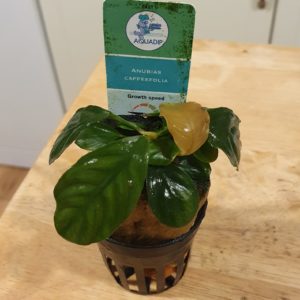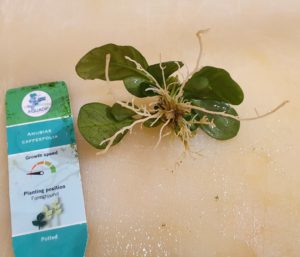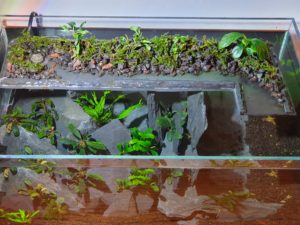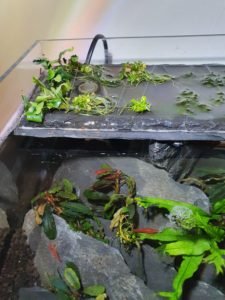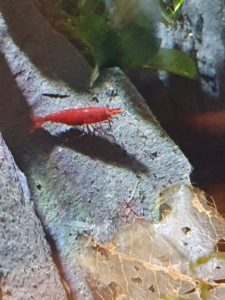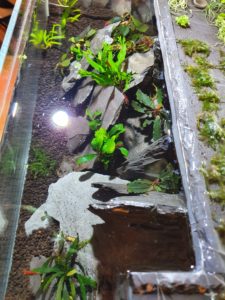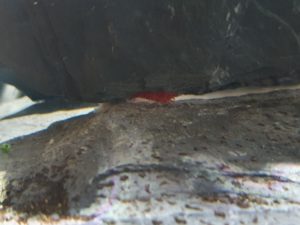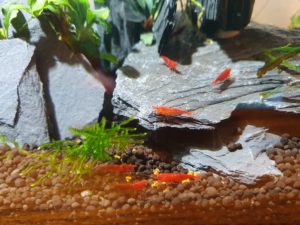The goal is to get epiphytes such as Anubias or Bucephalandra to grow emersed in the open-topped Shrimphaus exposed to normal room humidity. There is a lot of internet opinion, most of which says “forget it”, but some people have managed to make a go of it. My first try was Anubias nana ‘Coin’ which died gradually over a number of weeks as the submersed rhizome rotted away, but what didn’t happen was the leaves all instantly drying out, which lends some confidence. I’m going to keep the rhizome out of the water going forward and inspired by a report of success with Anubias coffeefolia, I plumped for a pot of that.
Anubias coffeefolia has interesting leaf texture
The leaves of Anubias coffeefolia have a striking resemblance to those of the terrestrial coffee plant (naturally), and even though Aquadip lists this plant as ‘caffeefolia‘ you understand what they mean. The plant arrived from Pro Shrimp in great condition, apart from one or two dead leaves which I trimmed off. Removing the rockwool revealed a very healthy-looking root system.
